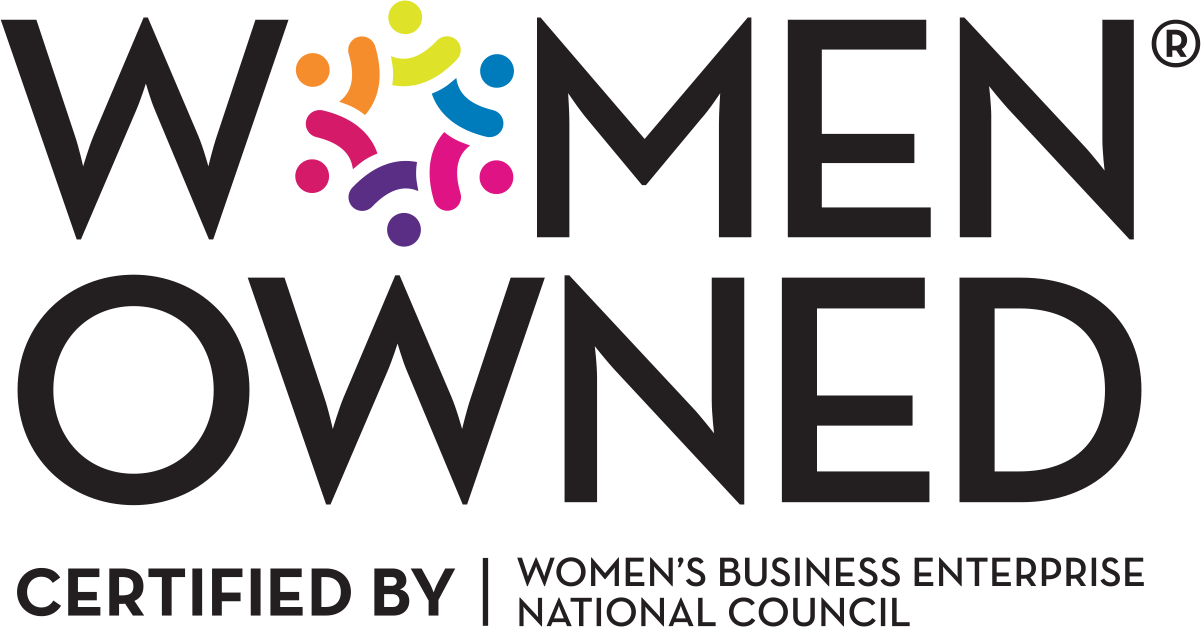As the world moves closer and closer to an all-screen environment, it’s easy to forget that print was once the dominant form of communication. Not just in terms of advertising, but for communication overall. Handwritten letters are a rarity today, and you can even send an e-card to someone for their birthday instead of a printed one in a colored envelope.
Then there’s convenience. It’s a lot easier to download a PDF to look at later, or to forward (in an email) to others, than it is to pass a printed brochure around the office. And, if your message is outdated, it’s simple to swap it out for the latest version.
But that commonality is exactly why you should reconsider printed materials if you haven’t already. A printed piece stands out.
A few key printed items can add breadth and depth to your branding efforts, and they can play a big part in helping your customers and prospects remember you. Image pieces are a great place to start. An attractive, informative “about us” company brochure can have multiple uses: It’s a great introduction to your company, history and flagship products, which can aid in your sales efforts. It can also be a great recruiting tool, not only as a leave-behind for interviewees, but also as a prospecting tool for sales managers and job fairs.
So, what makes print such a worthwhile medium?
It Makes a Connection
As a tangible object, a printed piece has weight and texture. You’ve been handed your share of business cards, but you probably stop and take notice when you’re handed one that feels different. Maybe it’s smooth to the touch. Maybe it’s heavy. Maybe it isn’t even made of paper. Regardless, it’s made a memorable impression. Print allows you to connect on a physical and emotional level that digital materials cannot.
It Gets Results
According to the U.S. Postal Service, 81 percent of direct mail recipients read or scan printed material daily. The Direct Marketing Association has stated that 65 percent of consumers have made a purchase based on something they received in the mail. Remember, it’s only considered junk mail if it isn’t relevant to your interests or needs. A carefully targeted list can still yield impressive results.
It Offers Lasting Benefits
A printed piece, whether it’s a brochure, flyer or postcard, can be referred to again and again. It’s much easier to pull a brochure from a file folder than it is to dig through emails or digital file folders to find a half-remembered PDF.
It Can Coexist With Digital Messaging
A business card, flyer or brochure can be a great introduction to your company or organization, and it can drive customers and prospects to your website, a targeted landing page or social media pages to keep the conversation going.
Examples of Great Print Pieces
When considering what to put into a printed piece, the look and feel is as important as the copy. These pieces should stand out, be visually appealing, and give customers and prospects a strong sense of your brand. You’ll want great design and high-quality photographs to achieve this, and you’ll want to have your piece professionally printed. And you should splurge on some of the upgrades when it comes to printing — the heavier stock paper and a luxurious finish are worth the extra cost.
Here are some ideas:
- A consumer packaged goods (CPG) company should have an attractive, easy-to-read corporate brochure that details the company’s philosophy, history and standards, and which can be shared with customers, prospects and new employees. They may also have a brochure for vendors, highlighting their top products.
- Tech companies can get bogged down in the details and jargon when they talk about their products and services. A corporate brochure explaining what they do, why they do it, and what makes them different in plain English can not only help those at the C-level understand what the company’s about, but it can also be a great piece for investors (current and prospective).
- A health care facility or system might consider creating a brochure that discusses its philosophy of care, services and history.
- A restaurant should always have a printed menu that customers can take with them — not only so locals can decide where to go for dinner, but also so hotel concierges and front desk staff can make informed recommendations for visitors.
- If a company participates in a lot of sustainability, charitable or green activities, it might warrant a separate brochure or flyer if its customers and prospects are very eco-conscious. These materials can even be printed on recycled paper to emphasize that point.
These are just some of the many ways printed materials can complement and enhance your branding and marketing efforts. The key to success, as always, is understanding your audience. Delivering the right message at the right time to the right audience is always appreciated. While there is cost associated with printing materials — photos and graphics, layout, and the printing itself — these pale in comparison to the lasting impression you’ll make on your audience.
Sources:


Recent Comments